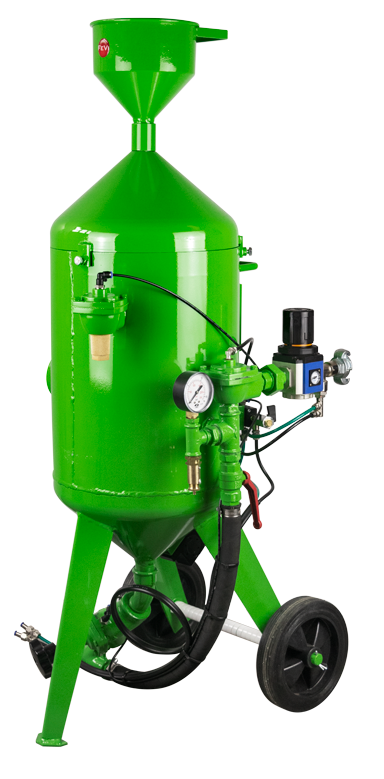Restoration sandblasting is an essential technique for the conservation and recovery of historical and architectural surfaces. Utilizing various sandblasting systems, it is possible to achieve precise cleaning results without compromising the integrity of the original materials. In this article, we will explore in detail the features, benefits, and applications of restoration sandblasting systems, with a particular focus on the FEVI SABIX 8, an excellent example of innovation and efficiency in the field of conservation sandblasting.
Features of Restoration Sandblasters
Modern restoration sandblasters offer a wide range of techniques and materials to meet diverse restoration needs:
- Microsandblasting: Uses extremely fine abrasive particles to gently clean surfaces without damaging them, ideal for historical and artistic artifacts.
- Selective Microabrasion: Allows selective removal of material layers, useful for delicate surfaces such as ancient stone and bricks.
- Micro-aero-abrasion: Combines compressed air and abrasive particles for effective and non-invasive cleaning.
- Soda Blasting: Uses sodium bicarbonate as an abrasive, suitable for delicate surfaces due to its low aggressiveness.
- Ecological Cleaning: Employs eco-friendly materials and low-impact techniques for sustainable cleaning.
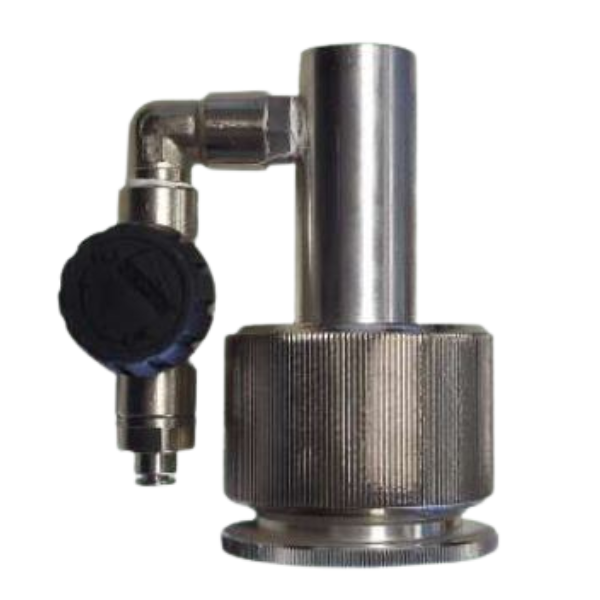
In the photo Humidification kit Acquablast
Benefits of Restoration Sandblasters
Using sandblasters for restoration offers numerous benefits:
- Efficiency and Productivity: Sandblasters like the FEVI SABIX 8 offer high performance with an 8-liter tank capacity, reducing the need for frequent refills.
- Versatility: Can be used in a wide range of industrial applications, from cleaning metal surfaces to removing graffiti.
- Operator Safety: Advanced systems include remote controls and protective devices to reduce the operator's exposure to dust and abrasives.
- Mobility: The trolley structure facilitates movement within the work area, making these systems ideal for large sites.
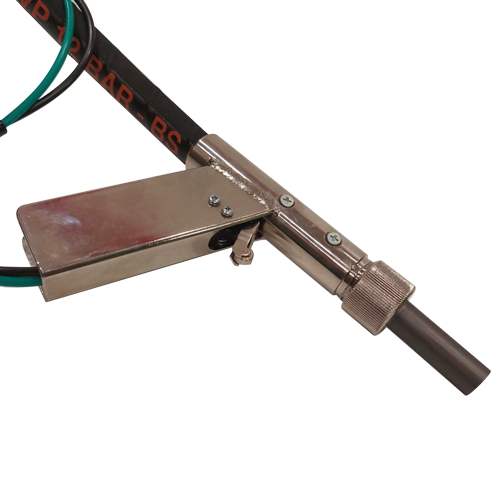
In the photo Body gun
Applications of Restoration Sandblasters
Conservation Restoration
In conservation restoration, delicacy and precision are fundamental. Sandblasters like the FEVI SABIX 8 use a dual-function cleaning system (dry/wet) that allows water to be vaporized and mixed with carbonates and other minerals. This system is particularly suitable for selective cleaning of stone facades, structures, and architectural elements in stone, marble, and delicate bricks.
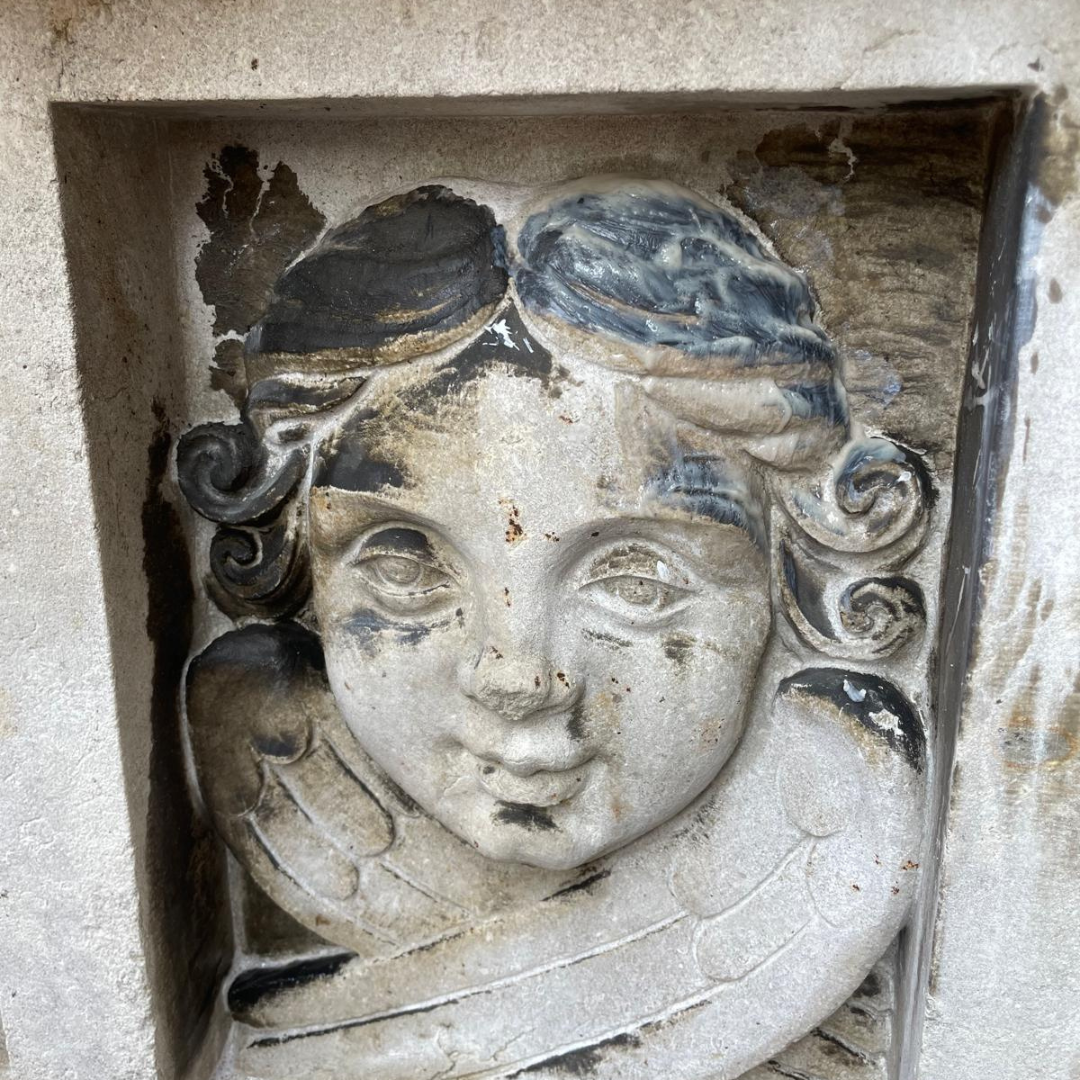
Photo before intervention with Sabix 8
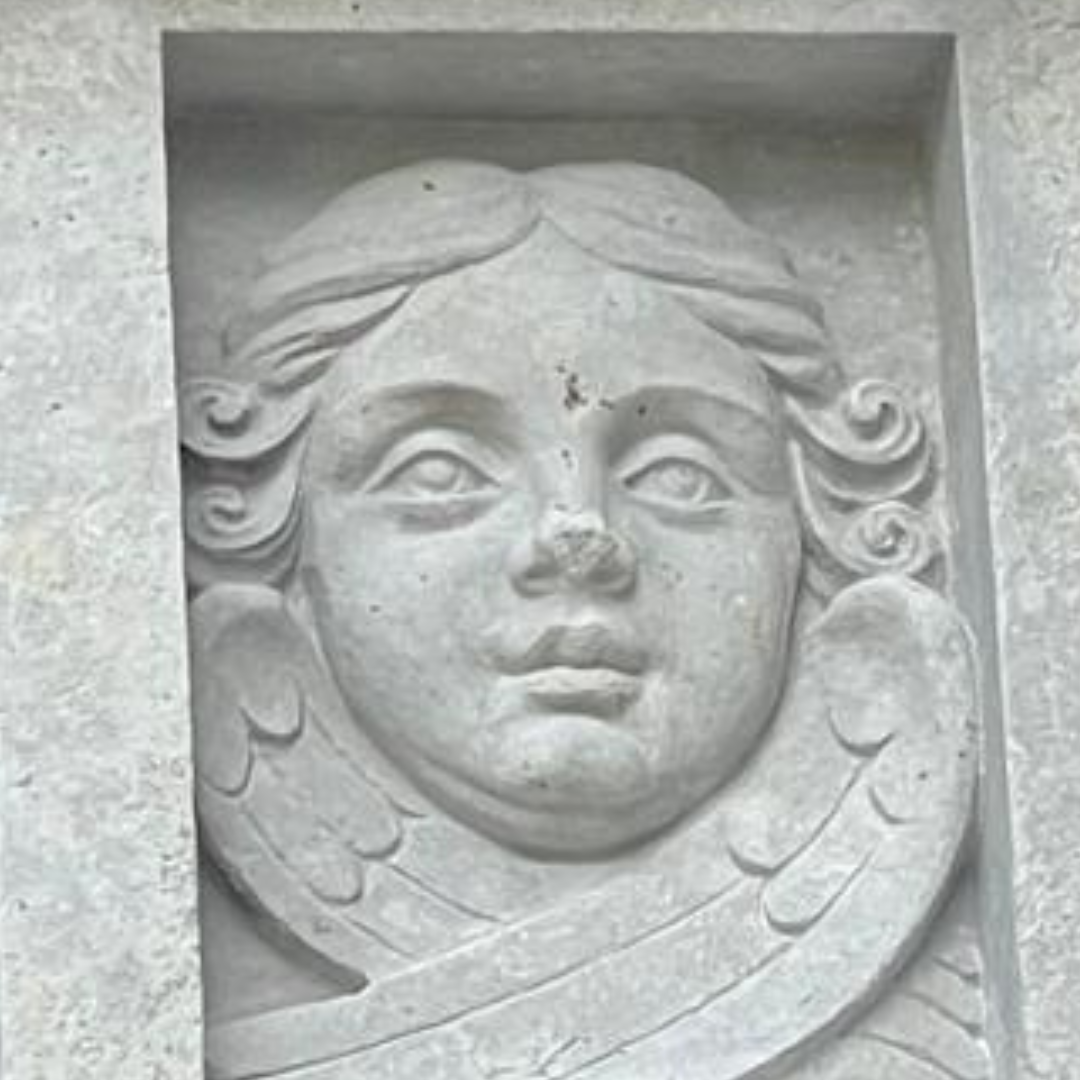
Photo after intervention with Sabix 8
Manufacturing Industry
In this sector, sandblasters are used for cleaning and preparing metal surfaces, removing paint and rust to prepare surfaces for painting or other protective treatments.
Shipbuilding
Essential for the maintenance and repair of ships, sandblasters prevent corrosion and ensure the long life of structures. Systems like the FEVI SABIX 8 combine the use of compressed air and water for efficient and sustainable cleaning.
Construction Sector
Used for cleaning surfaces in concrete, bricks, and stone, sandblasters are particularly useful in restoration work where it is necessary to remove old paints, deposits, and incrustations without damaging the underlying material.
Tips for Using Sandblasters for Restoration
To achieve the best results in restoration sandblasting, consider the following tips:
- Select the Right Abrasive: The choice of abrasive material is crucial. Materials like sodium bicarbonate or calcium carbonate are ideal for delicate surfaces.
- Adjust the Pressure: Adapt the air pressure based on the type of surface and the desired level of cleaning to avoid damage.
- Use Appropriate Nozzles: Nozzles of different sizes can affect the effectiveness of the sandblasting. Use smaller nozzles for detailed areas and larger nozzles for wide surfaces.
- Implement Safety Systems: Ensure that the operator wears adequate protective equipment and uses remote controls to reduce risks.



